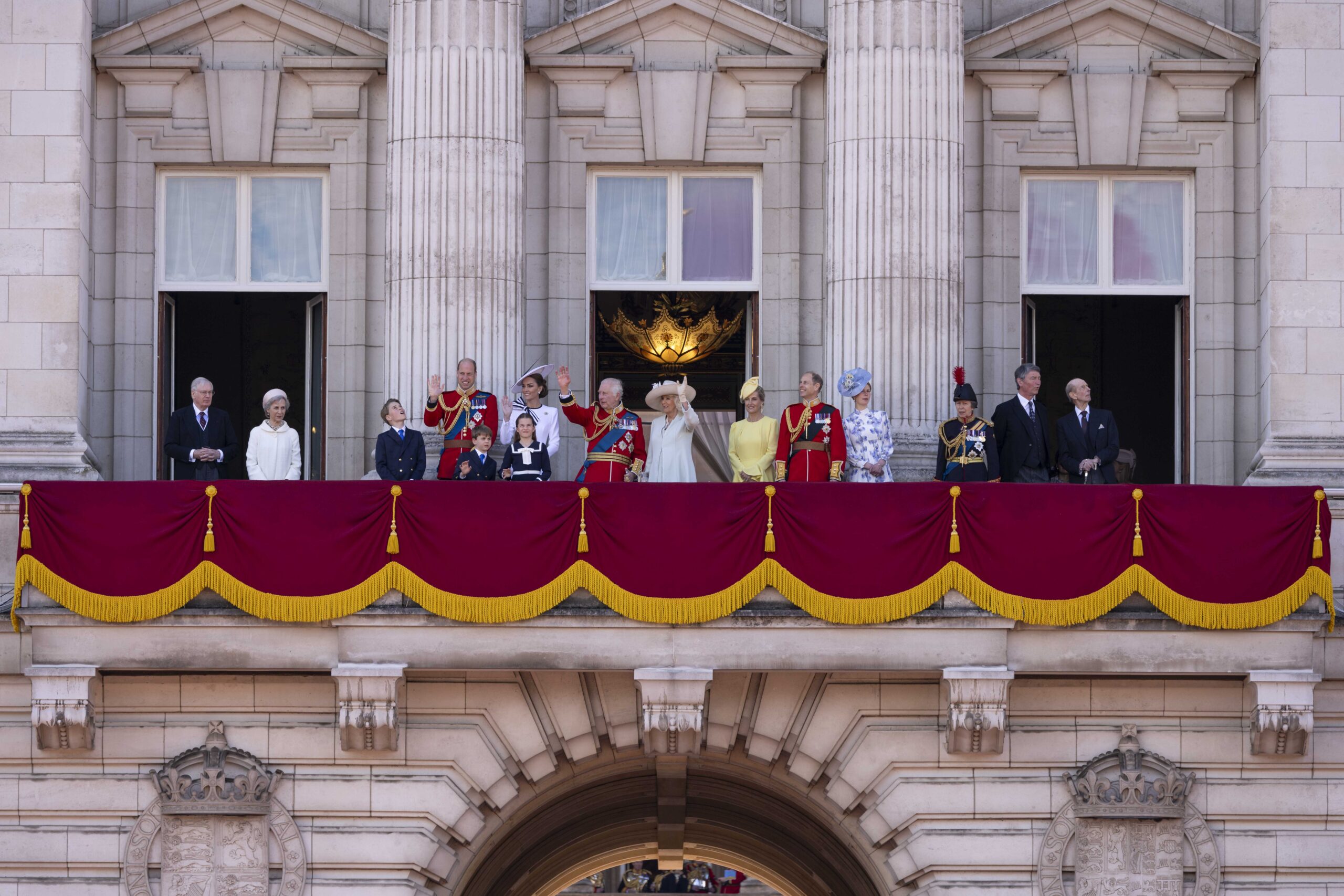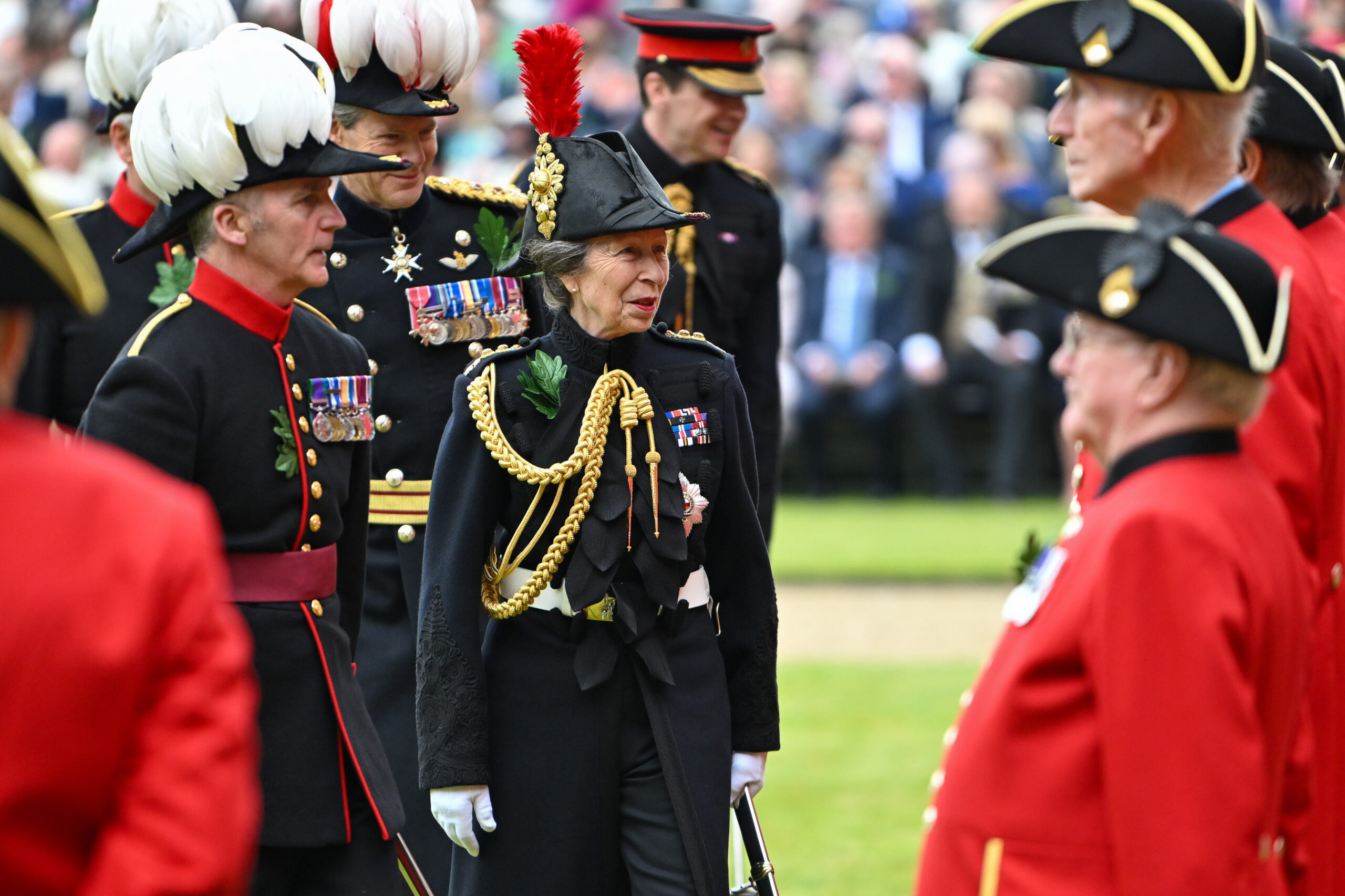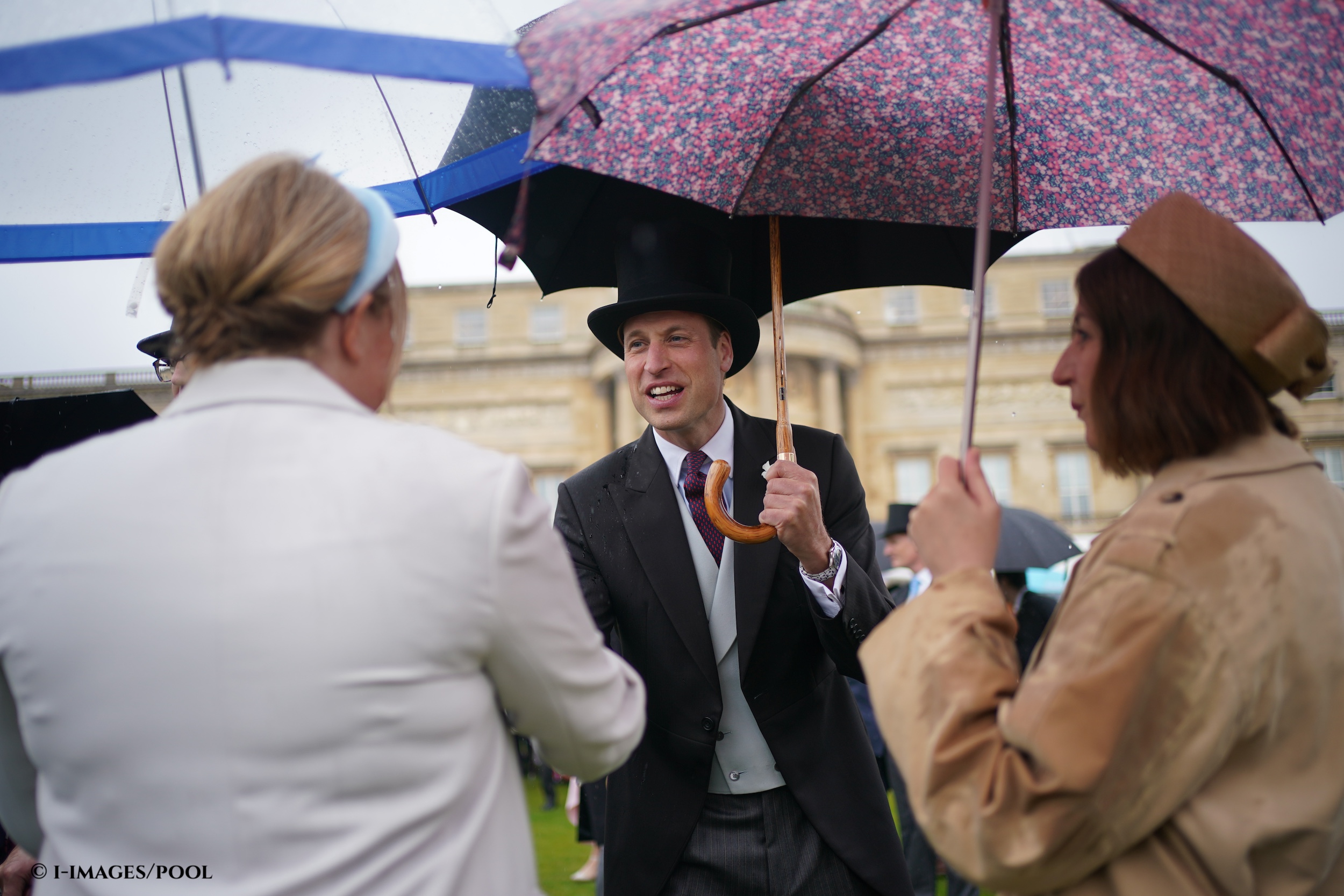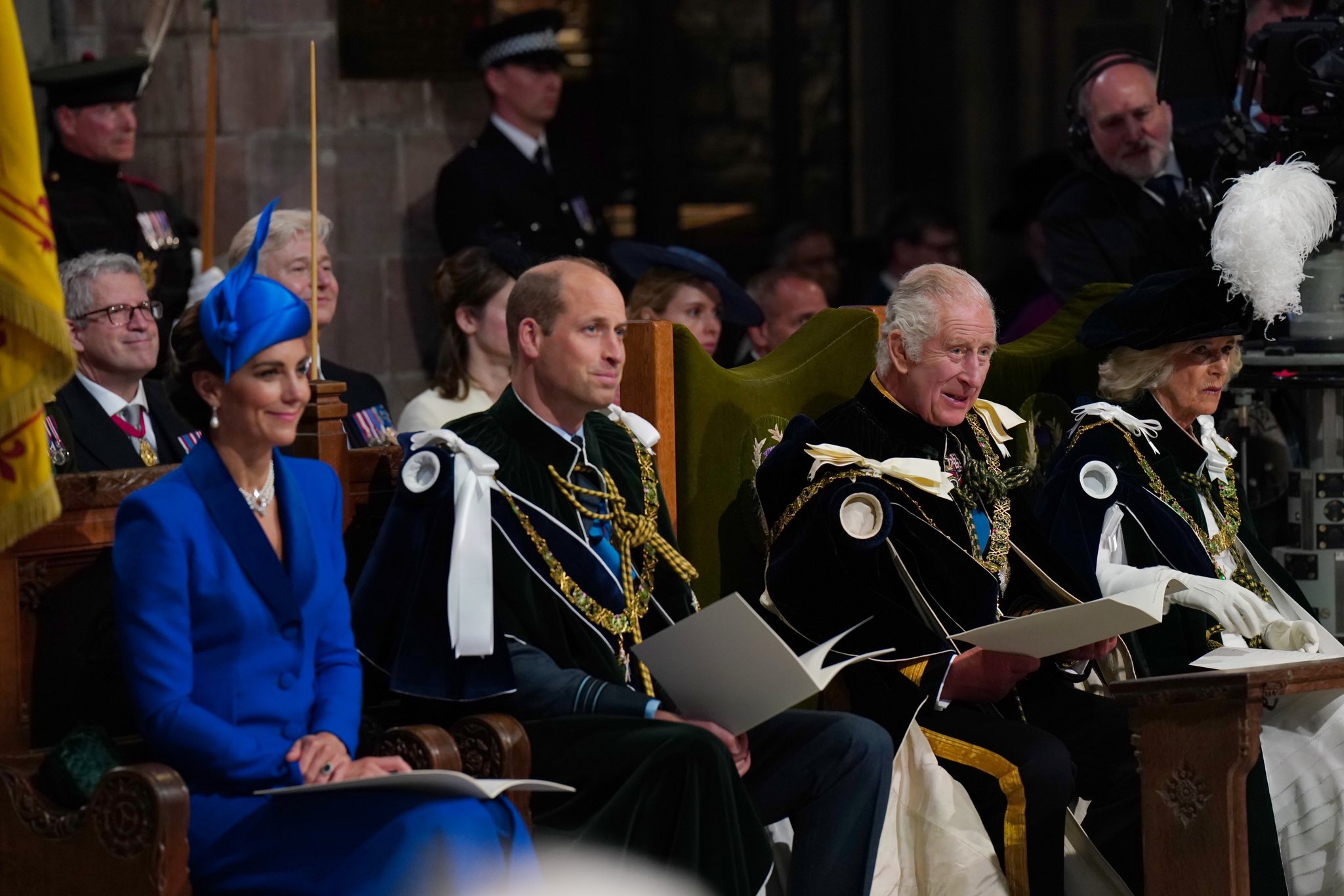On the occasion of the 20th anniversary of Diana, Princess of Wales’ death, we take a look at the legacy she left behind in the form of her charity work, her sons and impact on the Royal Family.
Diana is famed for her work with AIDs and land mines but there is more to her story than this. Working with the homeless, addiction and cancer also formed part of her interests as she undertook royal duties, and after her divorce, which saw her keep just a handful of patronages.

Today marks the 20th anniversary of Diana, Princess of Wales’ death; she is pictured here in Birmingham in 1994 (Paul Ratcliffe)
Breaking taboos and stigma, the Princess shook hands with people suffering from leprosy, much as she had done with AIDs victims. One senior doctor, who had dedicated his life to working with leprosy sufferers, said that she ‘achieved more in five minutes’ what he had in his lifetime of work.
Once people saw a famous figure like Diana touching those suffering with such stigmatised conditions, it broke the longstanding myth that such diseases could be transferred through touch. All from a simple handshake.
Her natural ability with children shone through, always opening her arms to hug those around her, with plenty of photos showing Diana carrying or cradling youngsters as she toured hospitals or charity facilities. It is clear this ability has been passed down to Prince Harry, who relishes interaction with children, be it playing sport or joking around.
Perhaps it is because of the Princess that we expect a caring touch from members of the Royal Family today; compassion, willing to express emotion and get really involved, not just sit on the sidelines and watch. If we didn’t see that from our Royals, we would now think something was amiss.
Embed from Getty Images
Embed from Getty Images
Diana took her famous walk across a land mine area in January 1997, challenging governments across the world to ban these inhumane weapons that continued to affect lives – even years after the war had concluded and peace declared. This turned into a political issue, with Junior Defence Minister, Earl Howe, describing the Princess as a ‘loose cannon’, claiming she was ill-informed on the issue; however, the Shadow Defence Secretary, David Clark, thought her views should be applauded.
Her campaigning in this area did see real change, though: Tony Blair promised to have the Ottawa Convention on landmines ratified shortly after he came to power in May, but China and the US refused to sign. The convention came into force in March 1999 but without these crucial signatures. Prince Harry has recently continued this work, calling for an international treaty to ban the weapons.
Diana’s work, of course, did not go without notice and she received a number of accolades. In December 1995, The Princess of Wales received the United Cerebral Palsy Humanitarian of the Year Award. Stephen Lee, director of the UK Institute of Charity Fundraising Managers, has said of Diana: “Her overall effect on charity is probably more significant than any other person’s in the 20th century.” Quite the statement.
Help the Aged, the National Hospital for Neurology and Neurosurgery, the British Lung Foundation, the Meningitis Trust, Dove House, the Malcolm Sargent Cancer Fund for Children, the Royal School for the Blind, Welsh National Opera, Birthright, Royal National Orthopaedic Hospital British Sports Association for the Disabled, Commonwealth Society for the Deaf, London City Ballet, and the Parkinson’s Disease Society were all proud to have the Princess as a patron, president or affiliated public figure. This is certainly one of the main functions of the Royal Family – shedding light on little-known causes, which in turn informs the public of these issues and hopefully raises funds for them.

Diana, Princess of Wales had hundreds of patronages during her life, but slimmed down to fewer than 10 after her divorce (Paul Ratcliffe)
Following Diana’s divorce, officiated in 1996, she resigned from a large number of her charities, in line with her no longer being a working member of the Royal Family, but also to lighten the load of media attention. Only six patronages remained: Centrepoint, English National Ballet, Great Ormond Street Hospital, The Leprosy Mission, National AIDS Trust, and the Royal Marsden Hospital, of which Prince William is now president. She continued her work with the British Red Cross Anti-Personnel Land Mines Campaign after this time, but was no longer listed as an official patron for the organisations.
June 1997 – two months before her death – saw the famous sale of clothes belonging to The Princess of Wales at Christies. Some of her most famous dresses, such as the navy velvet Victor Edelstein gown worn to the White House and the pearl collared ‘Elvis’ dress by Catherine Walker, were amongst the 79 items at auction. Money from these sales – totalling £3 million, an average of £38,000 per dress – went to cancer and AIDs charities, Diana knowing the interest she and her style created. This was, however, thousands above the estimates.
In her children, she has left two very normal boys, who grew into charming and compassionate young men, which we can attribute to Diana’s parenting, but also that of Charles in the years after her death. William and Harry continue working in stigmatised fields, including AIDs and mental health, knowing the power of their name and actions.
She is forever remembered as the People’s Princess, having changed the face of the Monarchy forever.






1 comment
Loved her….still miss her…we shared a birthday and she is still my heroine….such a sad loss..